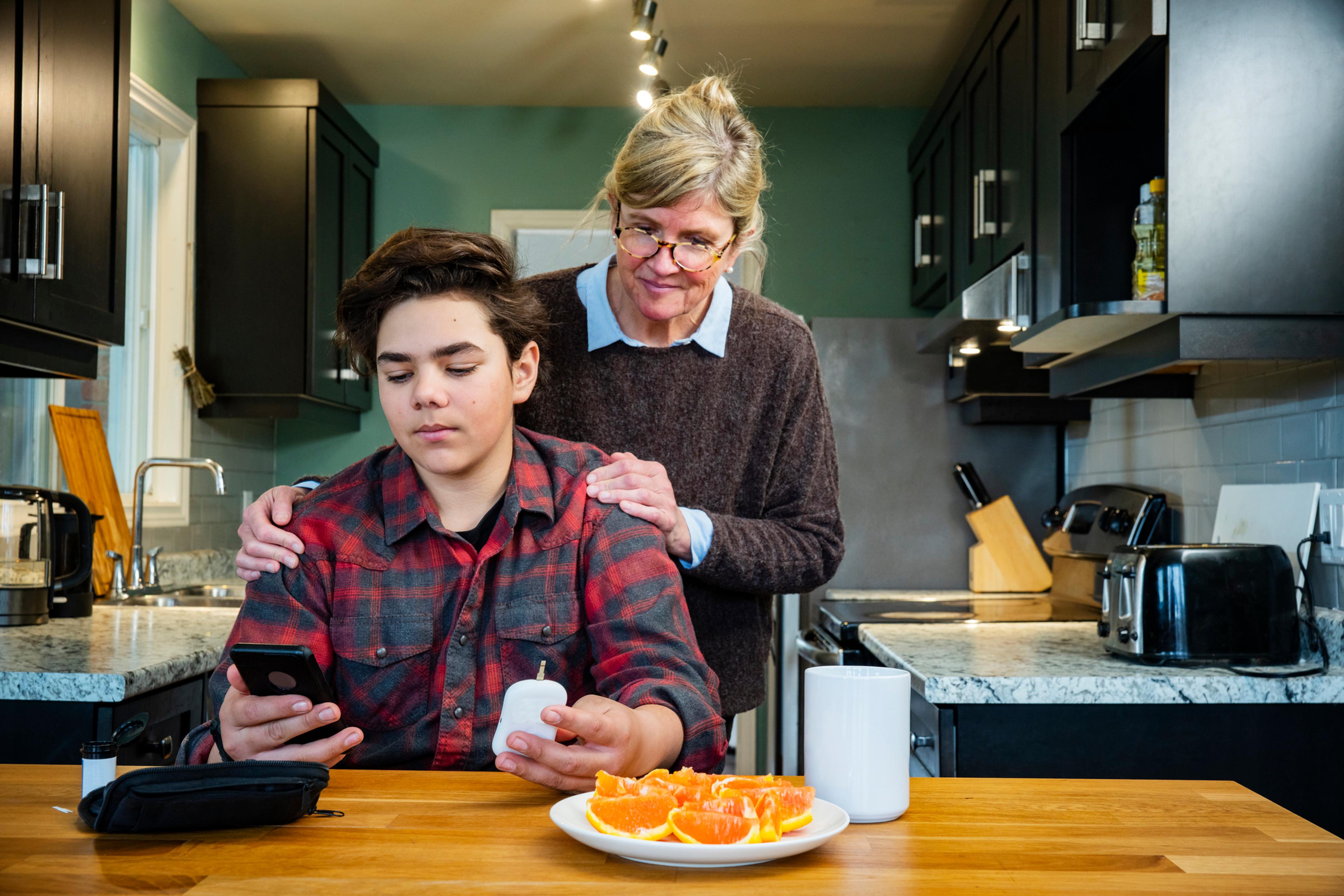Protect Your Kids from Cyberbullying
Guest Blogger
| 3 min read

According to the National Crime Prevention Council, 43% of teens have been victims of cyberbullying in the last year. I wonder how many parents of victims – and instigators – are aware of what’s going on behind their child’s screen.
Cyberbullying takes bullying to a new level because it’s far more public and has the capacity to spread fast, far and wide. It also can be anonymous, making it more difficult to catch the perpetrator. Additionally, the permanency of the internet often makes cyberbullying worse and more emotionally painful.
As a mom of 16- and 11-year-old daughters, it’s important to me that I monitor their online activity because, as kids, they’re still learning and require guidance. We put sophisticated technology in our children’s hands that give them access to all kinds of information that may not be age appropriate. Being aware of their digital footprint – social media and general Internet use – helps me keep them safe as well as guide them on how to protect themselves and avoid unsafe or inappropriate sites or actions.
There are many ways we – as parents – can use technology to help us manage our kids’ online activity and access. Here are six tips to help you monitor your kids’ usage:
- Create a digital agreement with rules for your kids to sign so expectations are clear. Who can they accept as friends or followers? What is and isn’t appropriate to post? Who should have access to passwords (family only!)
- Accountability for that agreement is important and various services help parents monitor and control WiFi access and usage. Comcast, for example, offers its Xfinity Internet customers a free service, called xFi, which allows parents to monitor and manage usage, set time limits and even pause devices for dinnertime or bedtime. xFi’s parental controls can help protect children as they browse. Check with your Internet service provider to see what kind of parental controls they offer.
- Manage your kids’ apps. Both Google and Apple give parents the ability to require permission for purchasing and downloading content to their devices.
- Familiarize yourself with the social media platforms your child wants before agreeing to usage. Some don’t offer privacy; others make it more difficult for you to monitor their usage.
- Insist social media accounts are private and you’re able to follow your child.
- Pick up your child’s device periodically to look at the internet browsing history, text conversations, social media accounts, etc. I don’t believe it’s a privacy invasion if you’re footing the bill for the device and service, and you’ve made it part of your expectations that you’ll be monitoring.
Technology can be a tremendous asset in supplementing parents’ efforts to manage and monitor our kids’ Internet usage. It is not a replacement for good, old-fashioned conversations.

About the author: Michelle Gilbert – I am vice president of public relations for Comcast here in Michigan. I love helping people learn how they can get more value from the technology they rely on every day. I’m a wife, mom to two girls and a huge animal lover. In my spare time, I enjoy exercising, spending time with family, grabbing coffee with girlfriends and running errands. (I know, weird, right?) One day, I want to learn how to cook.
Like this post? Check these out:
Photo credit: Highwaystarz-Photography





